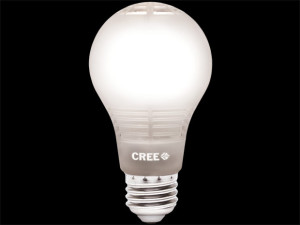
JES is one of the leading journals in the field of electrochemical science and technology, and is currently the second most-cited journal in this field.
We are pleased to announce that the impact factor (IF) for the Journal of The Electrochemical Society (JES) has increased by 10% over last year – it is now 2.859 – increasing its ranking for a third year in a row, making it one of the top 10 journals in the electrochemistry category.
JES has gone from #13 (2011 IF) to #11 (2012 IF) to #9 (2013 IF).
Equally important, JES continues to sit among the most-cited journals in electrochemistry, this year coming in as the third most-cited out of all electrochemistry journals.
The Society competes strongly with big publishers
We are especially proud that JES is competing so strongly with journals from much bigger publishers. As a nonprofit society publisher we are very pleased that our mission-based approach is able to continue to produce quality publications that are among the best in our field. Thank you for your support in this; it is our members, authors, reviewers, and editors that make this possible.
All ECS journals have impact factors in 2014
Our newer journals have also been given an impact factor this year, although they cannot be considered “full” impact factors as there is only year of data included in the IF calculation. ECS Electrochemistry Letters (EEL) is already performing strongly with a partial impact factor of 1.54; ECS Journal of Solid State Science and Technology (JSS) has an IF of 0.917, and ECS Solid State Letters (SSL) of 0.781. We look forward to seeing how they are performing when the full impact factors are published next year.
(Even the impact factor our archive journal, Electrochemical and Solid-State Letters (ESL), has increased, indicative of the long-term value of publishing with ECS.)
Take advantage of our OA offering to increase visibility
As part of our mission to disseminate our important research as widely as possible, ECS is keen to expand the number of articles published as Open Access. All our authors are offered the choice of publishing their article as OA at the point of submitting their manuscript.
Authors–who have attended one of our meetings, or are ECS members, or who come from subscribing institutions–can publish OA for free by using an article credit.
Find out more about ECS and OA or get in touch with us at oa@electrochem.org.
Thank you for your continued support!
BTW: We look forward to seeing you at our next bi-annual meeting in Chicago or the energy conversion and storage conference in Scotland!









